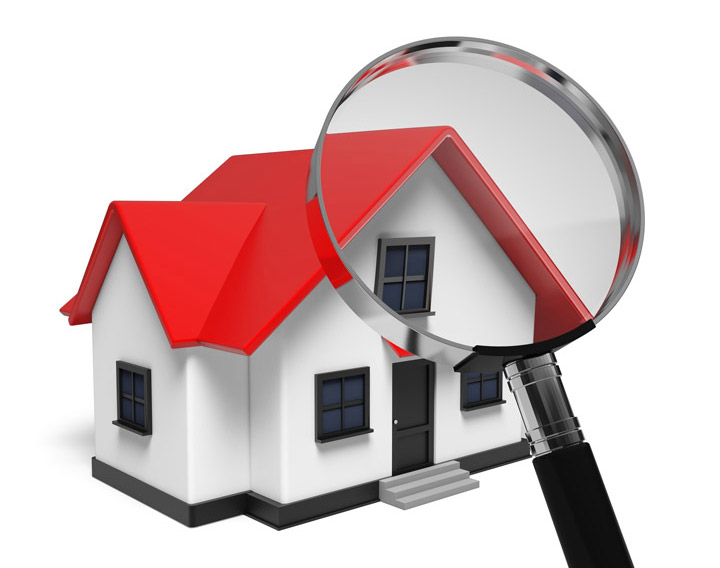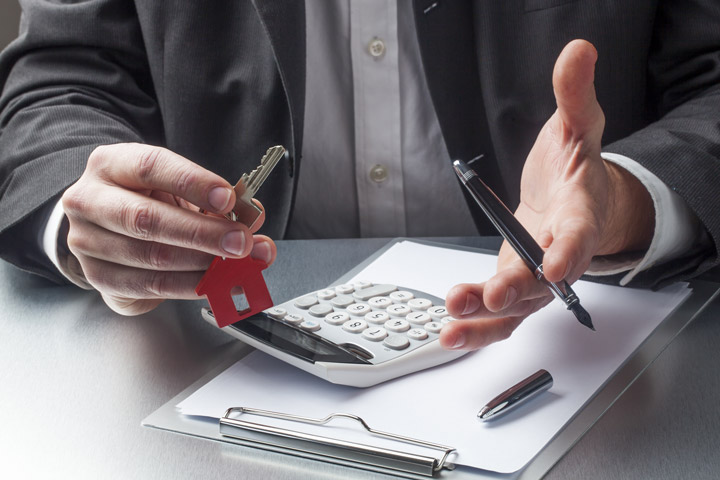
An Overview of the Appraisal ProcessBuying a home can be the most important financial decision some of us will ever consider. Whether it's where you raise your family, a second vacation home or an investment, the purchase of real property is a complex transaction that requires multiple parties to pull it all off. It's likely you are familiar with the parties taking part in the transaction. The most known entity in the transaction is the real estate agent. Then, the bank provides the financial capital required to fund the transaction. And ensuring all requirements of the exchange are completed and that the title is clear to transfer to the buyer from the seller is the title company. So, who makes sure the property is worth the purchase price? In comes the appraiser. We provide an unbiased estimate of what a buyer might expect to pay — or a seller receive — for a parcel of real estate, where both buyer and seller are informed parties. A licensed, certified, professional appraiser from JB Appraisals will ensure, you as an interested party, are informed. Appraisals begin with the home inspectionTo ascertain an accurate status of the property, it's our responsibility to first complete a thorough inspection. We must see aspects of the property hands on, such as the number of bedrooms and bathrooms, the location, living areas, etc, to ensure they indeed exist and are in the shape a reasonable buyer would expect them to be. The inspection often includes a sketch of the floorplan, ensuring the square footage is correct and conveying the layout of the property. Most importantly, we look for any obvious features - or defects - that would have an impact on the value of the property. Back at the office, we use two or three approaches to determining the value of the property: a sales comparison, a replacement cost calculation, and an income approach when rental properties are prevalent. 
Cost ApproachThis is where the appraiser uses information on local building costs, the cost of labor and other factors to determine how much it would cost to construct a property comparable to the one being appraised. This value usually sets the upper limit on what a property would sell for. It's also the least used predictor of value. 
Analyzing Comparable SalesAppraisers can tell you a lot about the subdivisions in which they work. They innately understand the value of certain features to the homeowners of that area. Then, the appraiser researches recent sales in close proximity to the subject and finds properties which are 'comparable' to the home being appraised. Using knowledge of the value of certain items such as square footage, additional bathrooms, hardwood floors, fireplaces or view lots (just to name a few), we adjust the comparable properties so that they more accurately portray the features of subject.
A valid estimate of what the subject could sell for can only be determined once all differences between the comps and the subject have been evaluated. At JB Appraisals, we are experts when it comes to knowing the value of particular items in Wade and Cumberland County neighborhoods. This approach to value is most often given the most importance when an appraisal is for a home purchase. Valuation Using the Income ApproachA third method of valuing approach to value is sometimes employed when a neighborhood has a reasonable number of renter occupied properties. In this case, the amount of income the property yields is factored in with other rents in the area for comparable properties to derive the current value. Putting It All TogetherCombining information from all applicable approaches, the appraiser is then ready to put down an estimated market value for the property in question. The estimate of value on the appraisal report is not necessarily the final sales price even though it is likely the best indication of what a property is worth. There are always mitigating factors such as seller motivation, urgency or 'bidding wars' that may adjust the final price up or down. But the appraised value is typically employed as a guideline for lenders who don't want to loan a buyer more money than they could get back in the event they had to put the property on the market again. At the end of the day, an appraiser from JB Appraisals will help you attain the most fair and balanced property value, so you can make wise real estate decisions. |